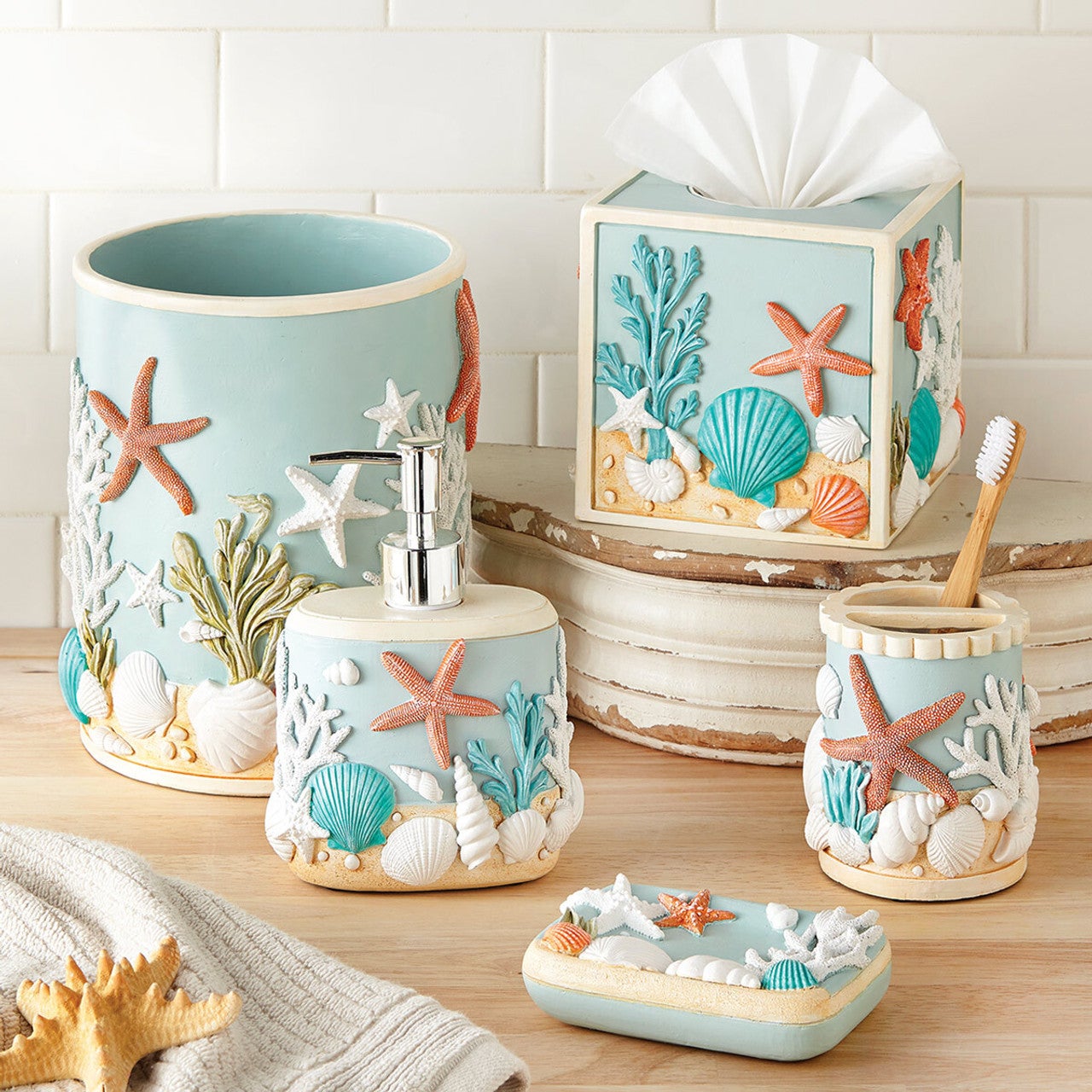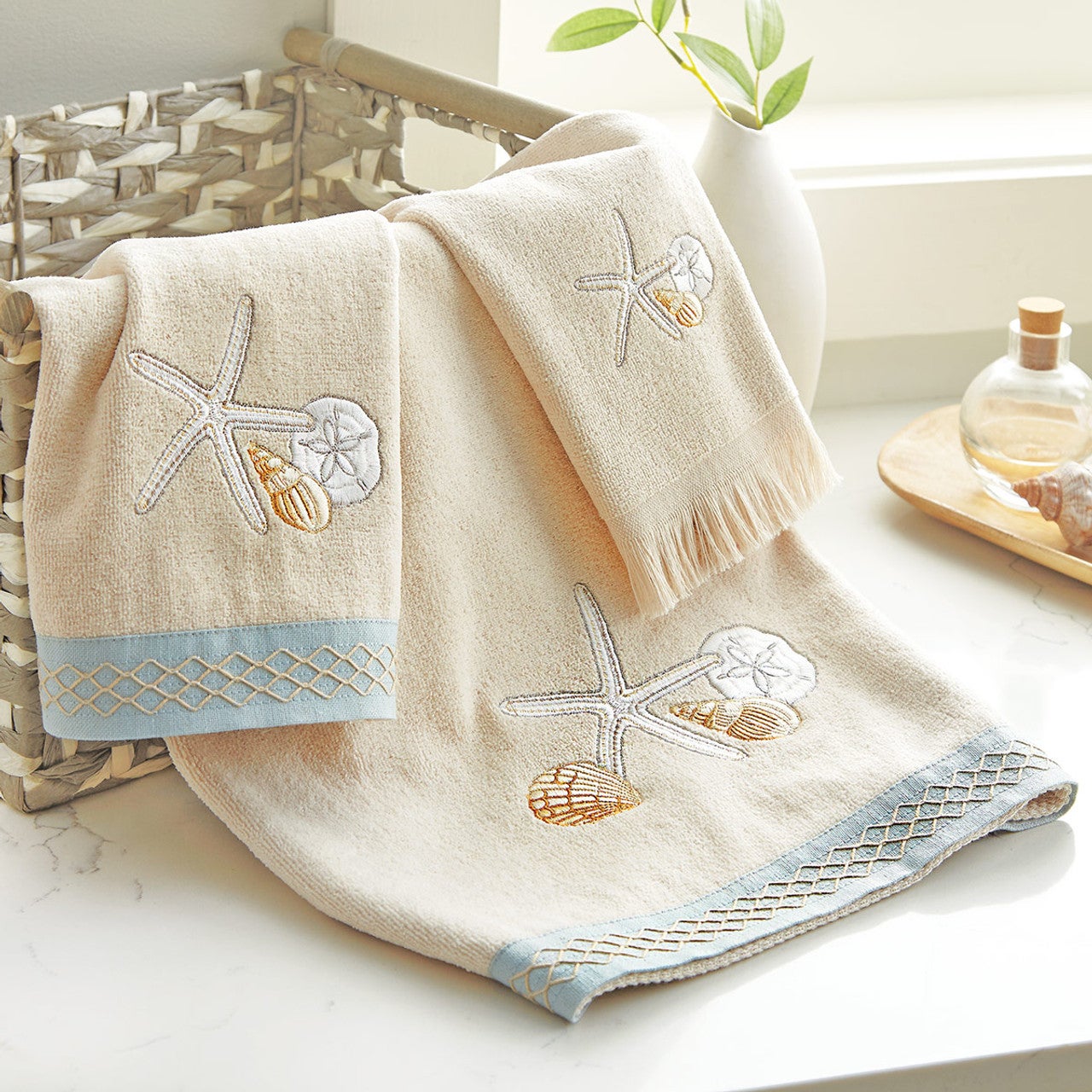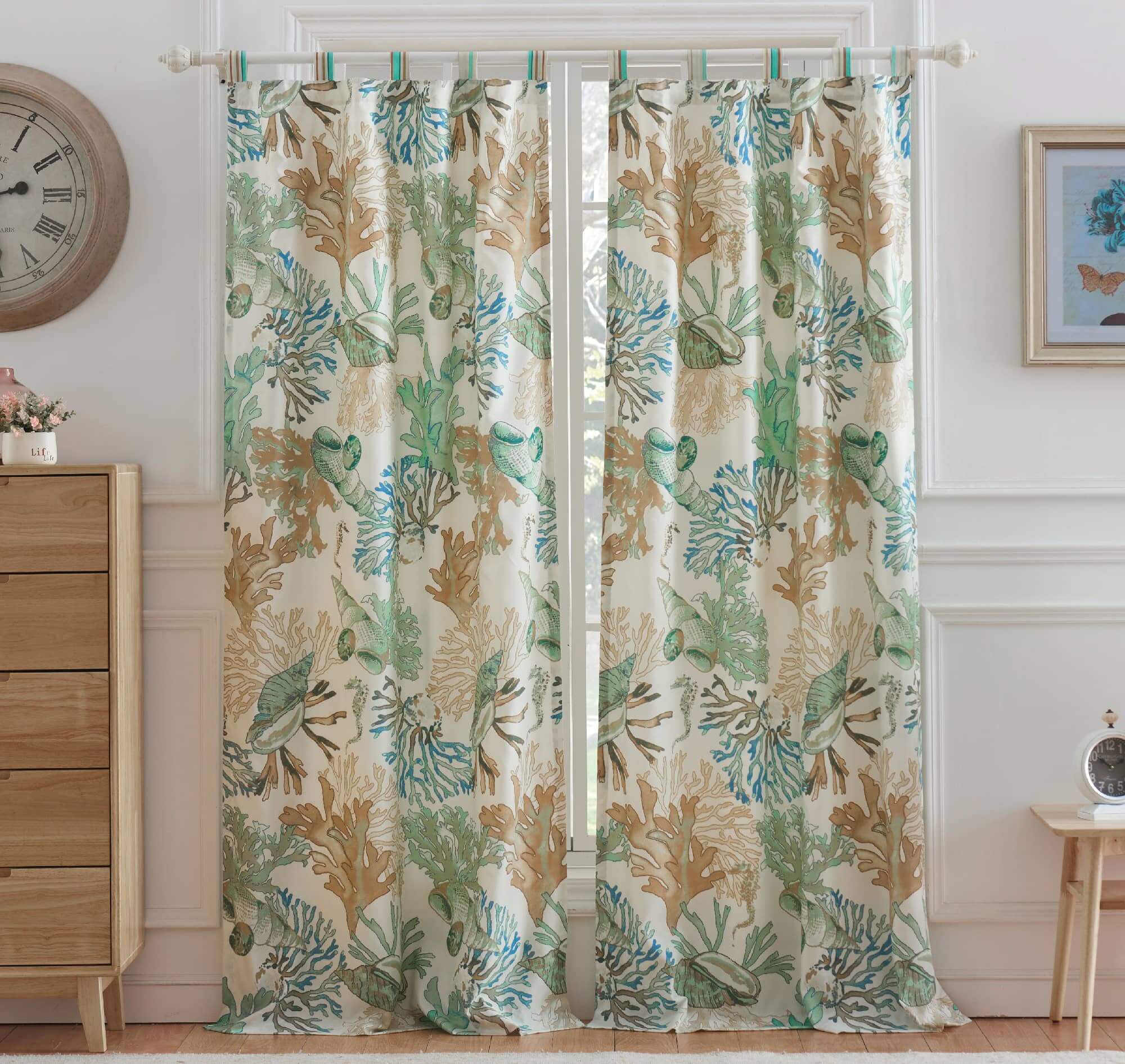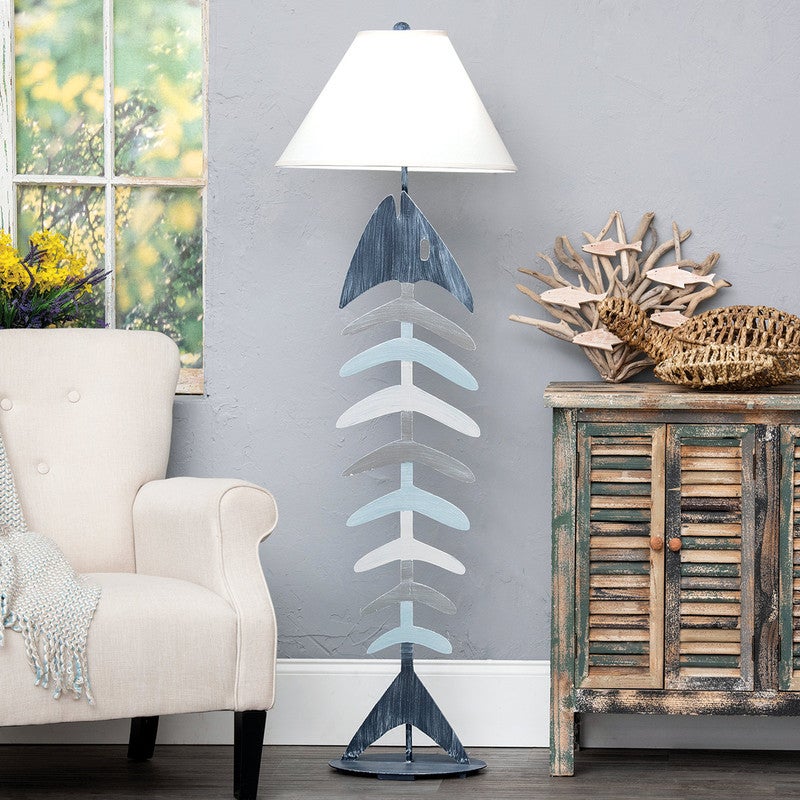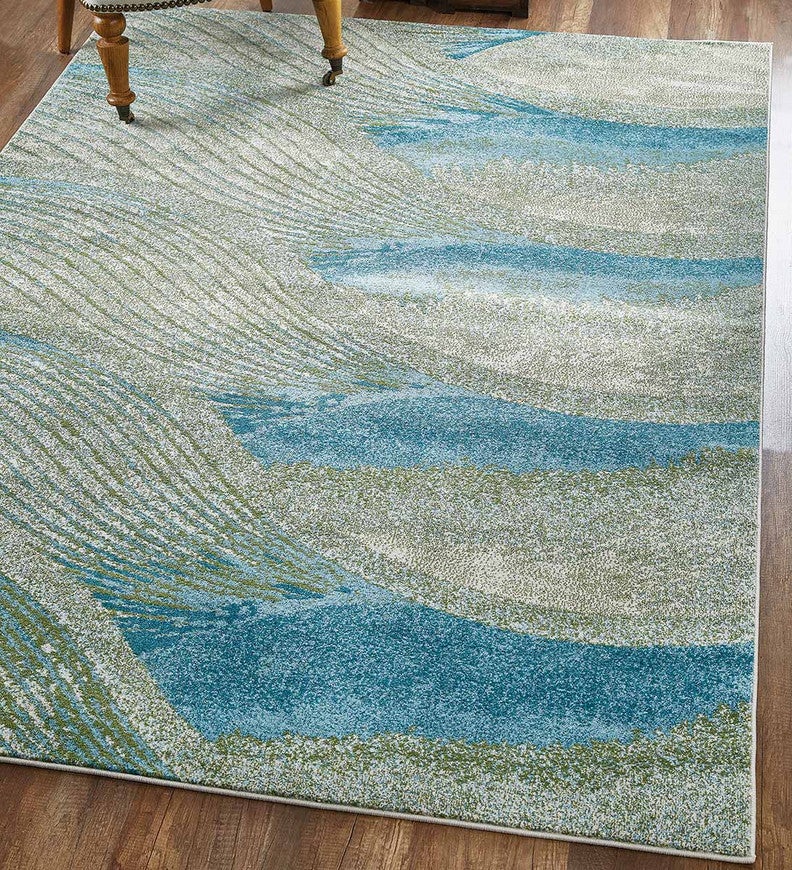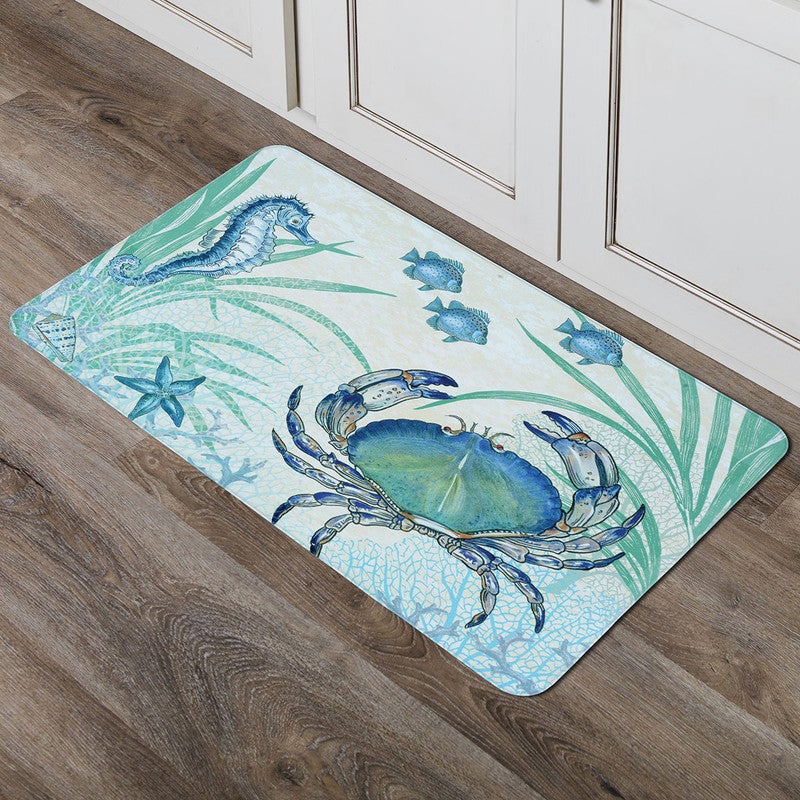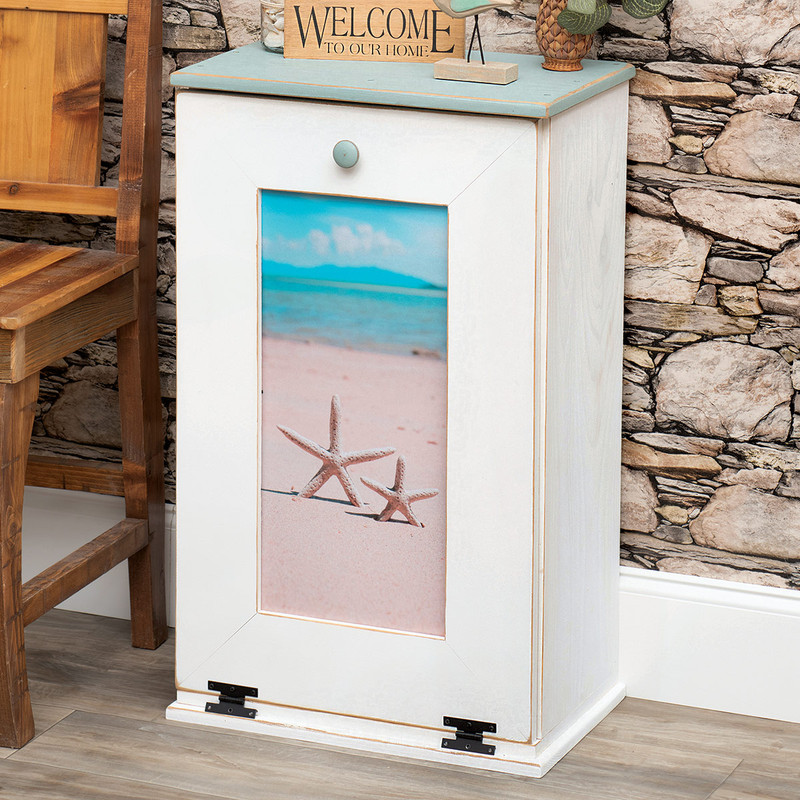Living the Dream as a Professional Sand Sculptor
Jul 1st 2019
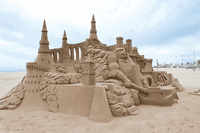 Do you appreciate the joys of digging tiny quartz crystals from under your fingernails? When you look at a pristine stretch of white sand do you see moats and turrets and half buried sea monsters? If you do, you may have the heart and soul of a professional sand sculptor. For an aspiring professional, loving what you do is an important first step. Like success in almost any worthwhile pursuit, making it as a professional sand sculptor is only 10 percent inspiration. The other 90 percent, you're probably not surprised to hear, is a lot of hard work. If you can call spending long days with friends at the beach "work," that is.
Do you appreciate the joys of digging tiny quartz crystals from under your fingernails? When you look at a pristine stretch of white sand do you see moats and turrets and half buried sea monsters? If you do, you may have the heart and soul of a professional sand sculptor. For an aspiring professional, loving what you do is an important first step. Like success in almost any worthwhile pursuit, making it as a professional sand sculptor is only 10 percent inspiration. The other 90 percent, you're probably not surprised to hear, is a lot of hard work. If you can call spending long days with friends at the beach "work," that is.
Learning about Sand
You might think there isn't much about sand that you don't already know. If you've spent any amount of your childhood at the beach, you likely conducted dozens of experiments of your own on the structural characteristics of sand. Not all sand is created equal, however, and understanding a little about sand can go a long way in helping you take the next step toward sculpting sand like a pro.
At the most minute level, sand is made up of tiny grains. What makes some sand good for sculpting while other sand seems to turn into a crumbly mess at the slightest touch is the size and shape of the grains. The best sand has angular edges that pack together tightly leaving little remaining space. Friction and a little water to add some surface tension can create a surprisingly solid mass of sand.
Basic Block Building Techniques
Taking good sand and packing it down makes it stick together even better. As well as providing surface tension, adding a little water makes it easier to pack. Probably the most tried and true technique for creating the initial carving block is to use the volcano method. Start at the base by making a circular dam of sand and filling it with loose sand. Sprinkle water on the sand while packing it down with your feet. Stay 8-10 inches inside the edge so you don't breach your dam. Pros sometimes use plastic or wooden forms for this. Continue until you have built up a 10-12 inch base. Build another smaller circular dam on top of your base and repeat the process. Add layers until you have completed your volcano.
One drawback to the volcano method is that you need to pile a lot more sand than will be in your finished sculpture. One way to get around this is to use plastic buckets with the bottom cut out to create the basic form of your sculpture. When cutting the bottom out leave an inch wide rim to make pulling the bucket off easier. Place the bucket upside down on the sand and add sand and sprinkle water as you would with the volcano method. Pack each layer down with the end of a 2 x 4 or other blunt ended stick. Once the bucket is full of packed sand lightly tap around the outside of the bucket and quickly lift it off. Now you have a solid bucket sized block of sand to begin carving. You can stick with this or continue to build up your carving block with more buckets of packed sand.
Tools of the Trade
Like many artists, sand sculptors can be very fussy about the tools they use. Professional sand sculptors often create their own custom gadgets for applying specific textures and details to their work. Others, considering themselves purists, shun tools altogether. Here is a list of some basic tools for the aspiring sand sculptor.
5 Gallon Bucket(s). The kind you find at the hardware store is perfect for hauling water and tools.
Cut Out Buckets. Plastic buckets can be found in a variety of shapes and sizes and once you begin to seriously pursue sand sculpting you'll constantly be on the lookout for your next favorite.
Trowel. There are many shapes and sizes; however, like a set of golf clubs, you can pretty much start with just two or three. An 11-inch brick trowel works great for slicing off big chunks and smoothing large flat surfaces while a smaller margin or gauging trowel works well for finer cuts.
Shovel. If you feel odd driving around with a gravedigger shovel in your trunk you might want to invest in a small folding camp shovel. If your design doesn't require massive amounts of sand it should be more than enough. A shovel is useful for both removing large volumes of sand and for piling it up.
Spoons and Spatulas. As you progress in your pursuit of sand sculpting excellence, your tool kit will likely accumulate an eclectic array of odd shaped spoons, spatulas and other instruments. From molding rivets on a suit of armor, scales on a sleeping dragon or braids of hair on a fair maiden's head, as your skills develop, so will your tool collection. To avoid having to replace them regularly, paint the handles a bright red and get in the habit of sticking them in the sand with the handle end up.
Small Whisk Brush. Use it for removing the small amounts of sand that collect while you carve the details of your design.
Spray Bottle. Depending on the sun, wind, type of sand and the length of time it takes you to complete your carving, your sand may begin to dry out. If you have packed it tightly this is not going to be a problem for the finished sculpture, but while you are still carving, wet sand is definitely better. Use your spray bottle to mist areas that appear to be drying out.
Inspiration, Practice and the Competitive Sand Sculpting Life
While sand sculpting is still mostly the domain of dedicated amateurs, going pro has become an increasingly viable option. Some professional sand sculptors begin as conventional artists, studying drawing, painting and sculpture at art school. They pursue their career as artists until one day, often by accident, they stumble upon sand as a medium for their skills.
Others begin simply by doing what comes naturally when an overactive imagination meets an open expanse of untouched sand. They begin to pile and scoop and mold. As some point, what began as featureless piles is transformed into fanciful castles and basking sea turtles. The creative seed has been planted.
For both trained artists and dedicated beach bums, their first visit to an organized sand sculpting contest can be a life-changing experience. Sand sculpture competitions are a place for finding inspiration, design ideas, learning technique and seeing how the pros push the limits of sand and deal with the occasional collapse. Sand sculptors are by nature, a very welcoming bunch and during competitions there are often free demonstrations and lessons from the pros. As well as categories for solo master sculptors, many competitions include categories for groups, duos, and amateurs. Entering as part of a team or as an amateur is a great way to get started as a sand sculptor.
Sand sculpture competitions can be found on beaches around the world but some of the most prestigious include Weymouth, England; Parksville, Canada; Jesolo, Italy and the annual American Championships in Fort Meyers, Florida. Competitions can be found nearly year round with northern beaches in places like Coney Island, Russia and Canada dominating from spring to early fall while the winter months see pros heading for Florida, Hawaii and the Southern Hemisphere.
Life, for a professional sand sculptor, is often spent on the road for a good part of the year. Whether they are competing for prize money, creating commissioned works for corporate events or leading company team building events and sand sculpture workshops, the opportunity to travel is a big draw for many sculptors. While some work exclusively in sand, others find their skills transfer readily to ice and snow. When it comes to being professional sand sculptor, whether you would rather follow the sun or enjoy the seasons, the choice is entirely up to you.



